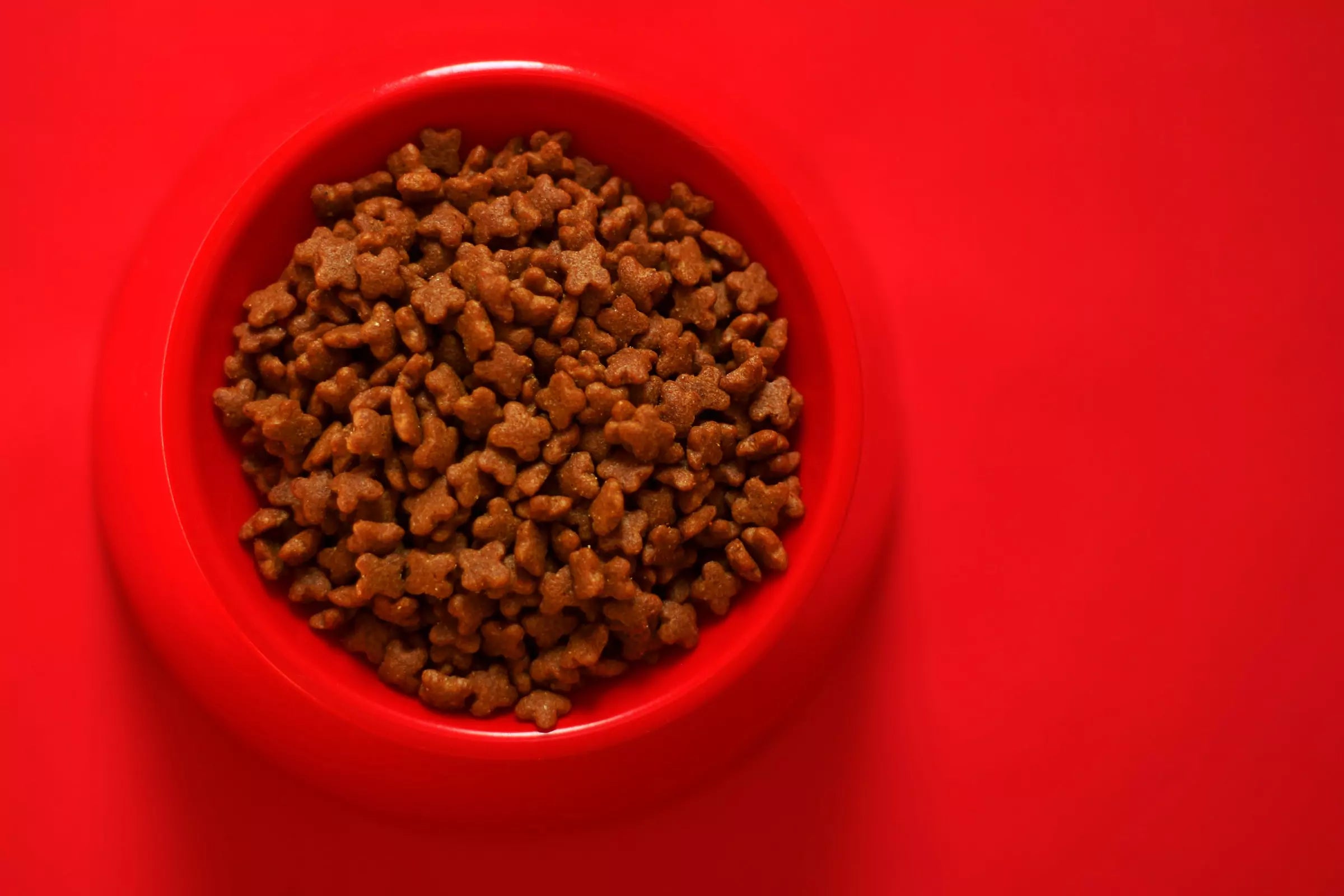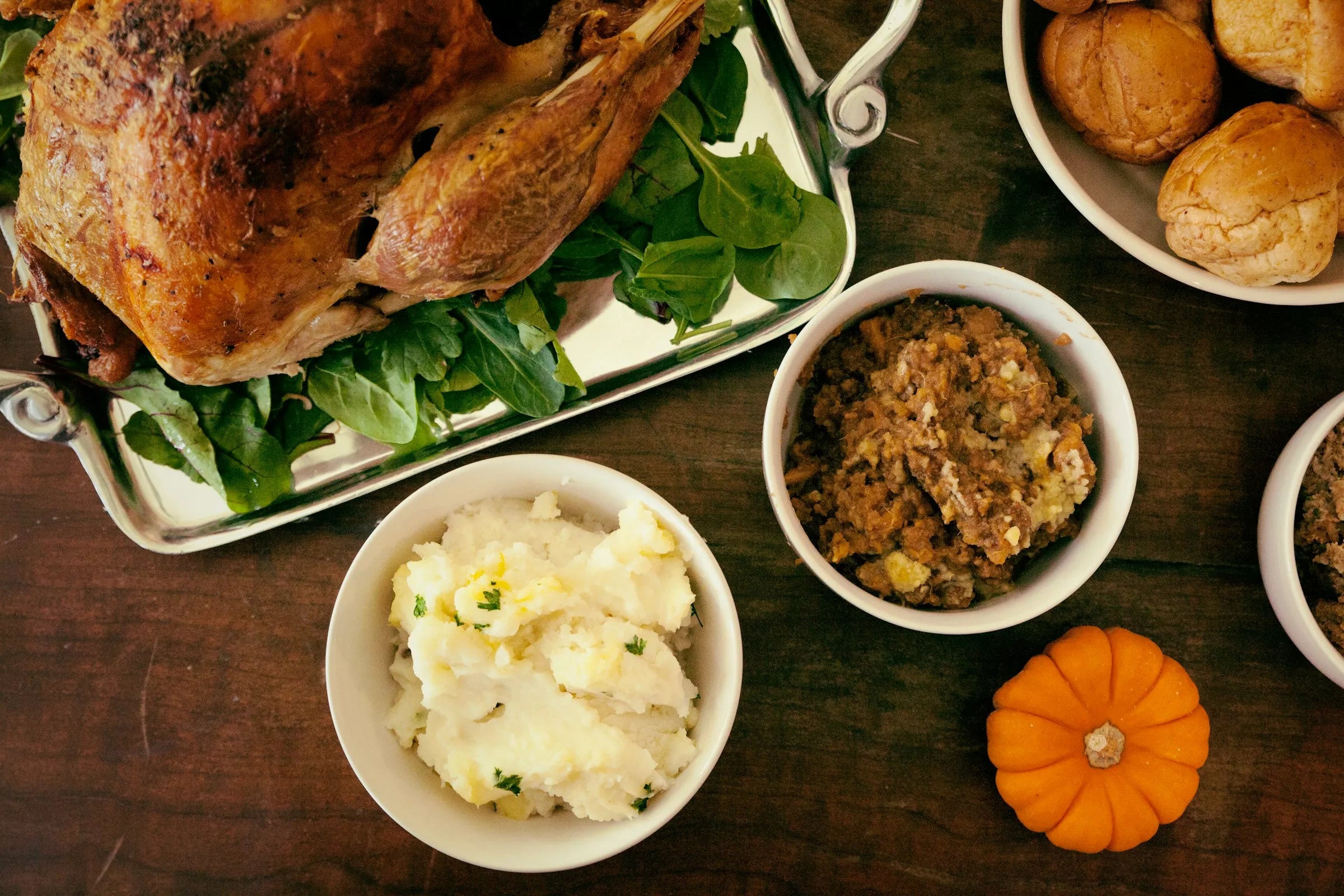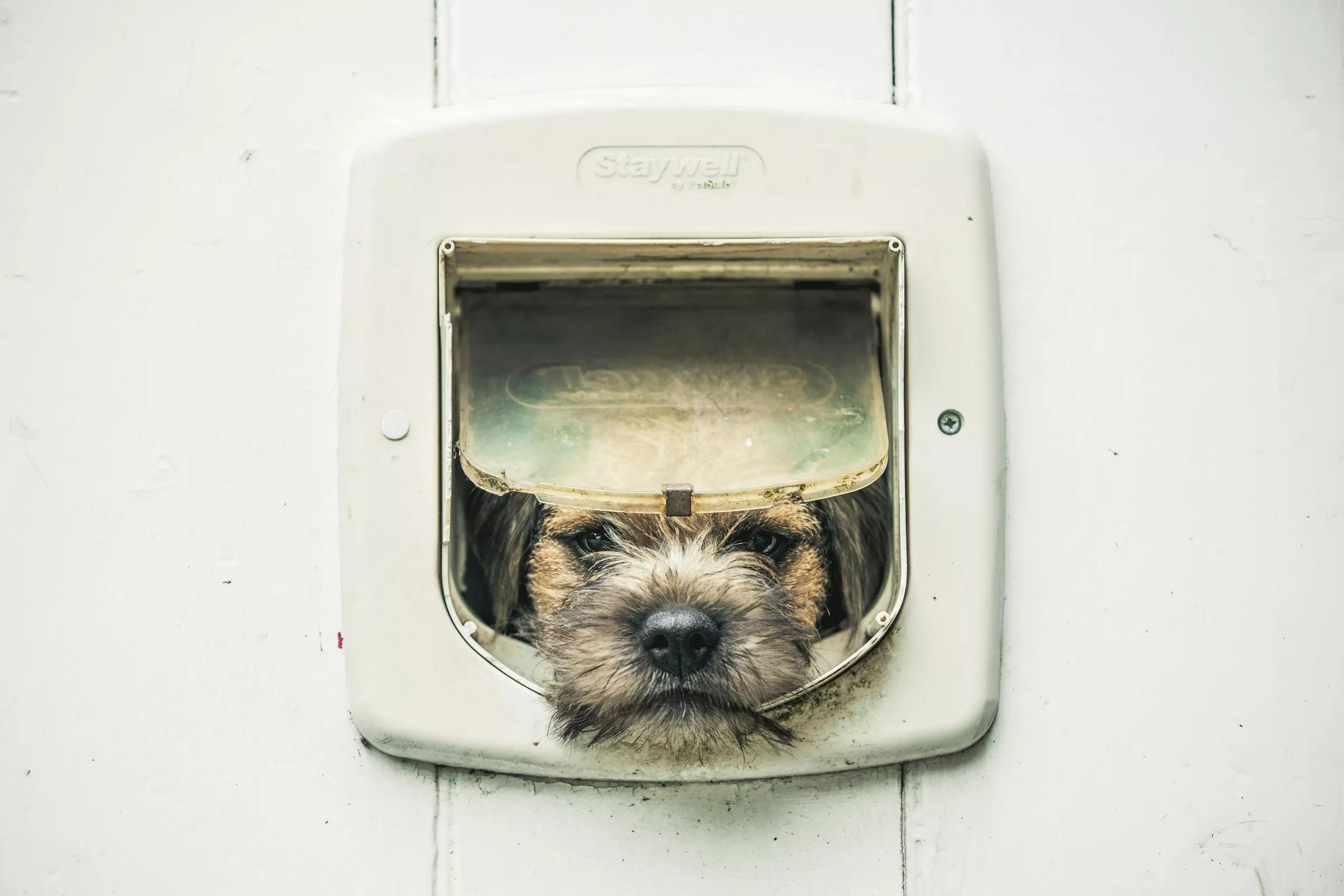Introduction
Being a dog parent is such a joy, isn’t it? But sometimes, figuring out how much to feed your furry best friend can feel like a guessing game. You want to make sure they’re happy, healthy, and full of energy without overdoing it or leaving them hungry. Don’t worry! This guide will break it down step by step, so you know exactly how much to put in your pup’s bowl.
1. Understanding Your Dog’s Nutritional Needs

Your dog’s health starts with what goes into their bowl. Feeding your dog the right amount is about balance: too little food leaves them undernourished, while too much can lead to obesity (and the health issues that come with it).
Common Feeding Mistakes:
- Free-feeding (leaving food out all day).
- Guessing portion sizes instead of measuring.
- Using treats to replace proper meals.
Remember, every dog is unique. Even two dogs of the same breed might need different amounts of food because of their activity levels or metabolism.
2. Factors That Affect How Much to Feed Your Dog

Dogs aren’t one-size-fits-all, and their food portions shouldn’t be either! Let’s look at the key factors that determine their ideal serving size:
Size and Weight
Bigger dogs, like Labradors or German Shepherds, naturally need more food than smaller breeds like Chihuahuas or Pugs. However, even within the same size range, weight matters! A lean, active dog will require more calories than a couch-loving pup.
Age and Life Stage
- Puppies: Growing dogs need more calories per pound than adults.
- Adult dogs: They need a stable calorie intake based on activity and size.
- Seniors: Older dogs might need fewer calories but more nutrients like fiber for digestion.
Activity Level
Is your dog a bundle of energy, always on the move? Or do they love napping next to you on the couch? Active dogs burn more calories and need a little extra in their meals.
Breed-Specific Needs
Certain breeds have unique dietary requirements. For example, Bulldogs are prone to weight gain, so they may need smaller portions, while working breeds like Border Collies often require higher energy diets.
3. Reading Dog Food Labels

Have you ever stared at a dog food bag and felt confused? You’re not alone! But don’t worry—it’s easier than it looks.
How to Decode Feeding Guidelines
Most dog food bags include a chart based on your dog’s weight. For example:
- Dogs weighing 20-30 lbs might need 1-2 cups daily.
- Dogs weighing 50-70 lbs could need 2-4 cups daily.
This is a great starting point, but keep in mind it’s just a guideline. Adjustments may be needed based on your dog’s unique needs.
Calorie Counting for Dogs
Just like humans, dogs need a certain number of calories per day. This depends on their size, age, and activity level. If you’re unsure, your vet can help you calculate this.
4. Puppies vs. Adults vs. Seniors: Feeding Amounts

Dogs have different nutritional needs at every stage of their life. Here’s how to handle feeding through the years:
Feeding Puppies
Puppies are little energy machines, and they need lots of food to fuel their growth.
- Feed them 3-4 times a day until they’re about 6 months old.
- Choose food labeled for puppies, which is rich in calories and nutrients.
Feeding Adult Dogs
Once your pup grows up, you’ll want to switch to adult food.
- Stick to feeding 1-2 times a day.
- Keep an eye on their weight to make sure you’re feeding the right amount.
Feeding Senior Dogs
Older dogs slow down, and so does their metabolism.
- Look for senior dog food that’s lower in calories but packed with vitamins.
- Add a bit of fiber to help with digestion.
5. Wet Food vs. Dry Food: Which is Better?

This is one of the most common questions dog parents ask. Here’s a quick breakdown:
Benefits of Wet Food
- Easier to chew, great for seniors.
- Higher moisture content, helping with hydration.
- Rich flavor that picky eaters love.
Benefits of Dry Food
- More affordable and lasts longer.
- Helps with dental health by reducing tartar buildup.
- Easier to measure and store.
Why Not Both?
You don’t have to choose! Mixing wet and dry food can give your dog the best of both worlds. Just make sure the combined calories don’t exceed their daily needs.
Final Thoughts
Feeding your dog isn’t about following a rigid rulebook—it’s about understanding their unique needs and making adjustments as they grow and change. Watch your dog’s behavior, energy levels, and weight. If they’re happy, playful, and have a shiny coat, you’re doing great!
Being a dog parent is a journey, and feeding your pup the right way is one of the most loving things you can do. Remember, when in doubt, consult your vet for guidance. They’ll help you fine-tune your dog’s diet so your furry friend can thrive.
FAQs
1. Can I feed my dog human food?
Yes, but only certain foods like plain chicken, rice, or veggies. Avoid toxic foods like chocolate, grapes, and onions.
2. How do I know if my dog is overweight?
Check if you can feel their ribs easily but not see them. If they’ve lost their waistline, it’s time for a diet adjustment.
3. Should I give my dog supplements?
Most high-quality dog foods are balanced, but some dogs may benefit from extra omega-3 or joint supplements. Check with your vet!
4. Is it okay to change my dog’s food brand?
Yes, but do it gradually over 7-10 days to avoid upsetting their stomach.
5. How many treats can I give my dog?
Treats should make up no more than 10% of your dog’s daily calories.















Share:
Why Won’t My Dog Listen to Me?
Why Is My Dog Licking Their Paws?